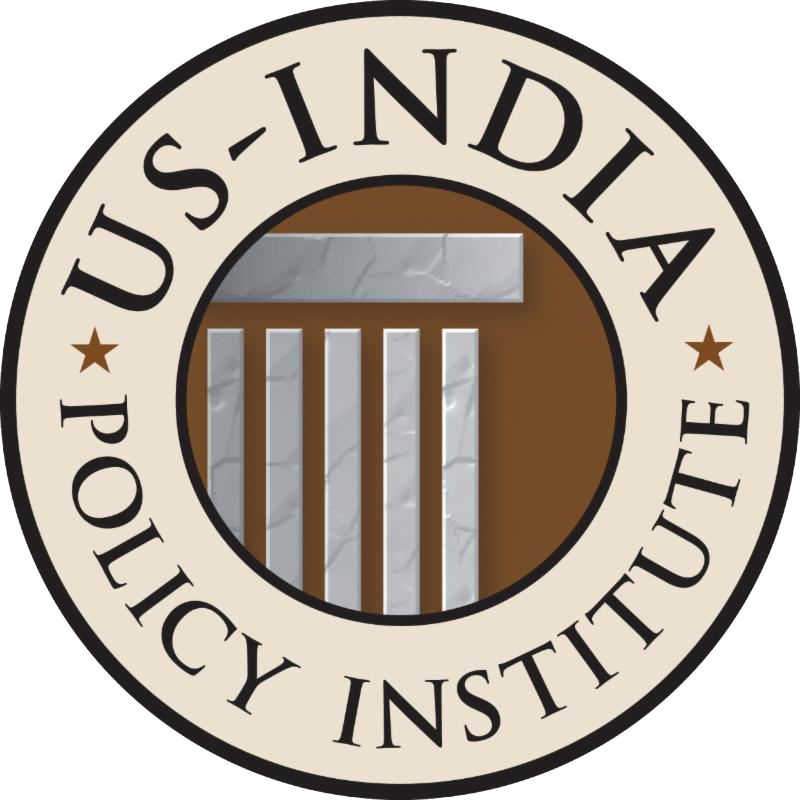Key Research Findings on Disparities in Higher Level Education Shared at the NIPEA 12th Annual Maulana Azad Memorial Lecture
On November 11th, 2021, India’s National Education Day, Dr. Abusaleh Shariff, USIPI’s Chief Scholar, was invited by the National Institute of Education Planning and Administration (NIEPA) to deliver the 12th Annual Maulana Azad Memorial Lecture. NIEPA is a national advisory institution created to advise the Government of India on educational policy, planning, and administration through evidence-based research, training, and capacity-building activities. NIEPA’s former esteemed guest lecturers have included the Chief Justice of India, chancellors of various Universities, eminent scholars, and researchers.
In Dr. Shariff’s lecture: “Inter-Generational and Inter-Regional Differentials in Higher Level of Education (HLE)” a detailed summary from USIPI’s recent analysis of the 71st Round of National Sample Survey (NSSO) data with a reference year of 2014 was shared. Some of the notable findings include:
The younger generation (20-35 years) has two times more access to HLE than the older parental generation (35 years and above).
Females have 50% less chance of completing HLE compared to their male counterparts.
Those living in urban areas have a huge, 3.4 times advantage in access to HLE than those in rural areas.
Social groupwise regression analysis
After controlling for all other effects, holding the Scheduled Castes (SCs) and Scheduled Tribes (STs) as the standard category, the High Caste has 3.7 times more chance to complete HLE.
Compared to SCs/STs, Muslims fare worse off with a value of 8.9. This means that Muslims have 11% less access to completing HLE. These HLE estimates were computed for the first time using the government’s own data through NSS surveys.
India must make huge investments in Higher Level Education, especially in technical and IT education, this will help in skill formation and improve labor productivity.
Compatible investments at the primary and secondary levels are essential.
Establish regulatory mechanisms to ensure the quality and affordability of private sector education.
Dr. Shariff concluded by stressing the importance of ensuring equity and equal opportunity between men and women, in rural and urban, regional, and socio-religious communities.
“The data speaks for itself – it’s imperative to educate all youth, regardless of their background, regional location, and gender to sustain the country’s GDP and to achieve the country’s objective of achieving a $5 trillion USD economy.”
– Dr. Abusaleh Shariff
Relevant links:

